“There are so many elements in our childhood that were both capturing our imagination and terrifying us”: Emma Tammi on Five Nights at Freddy’s
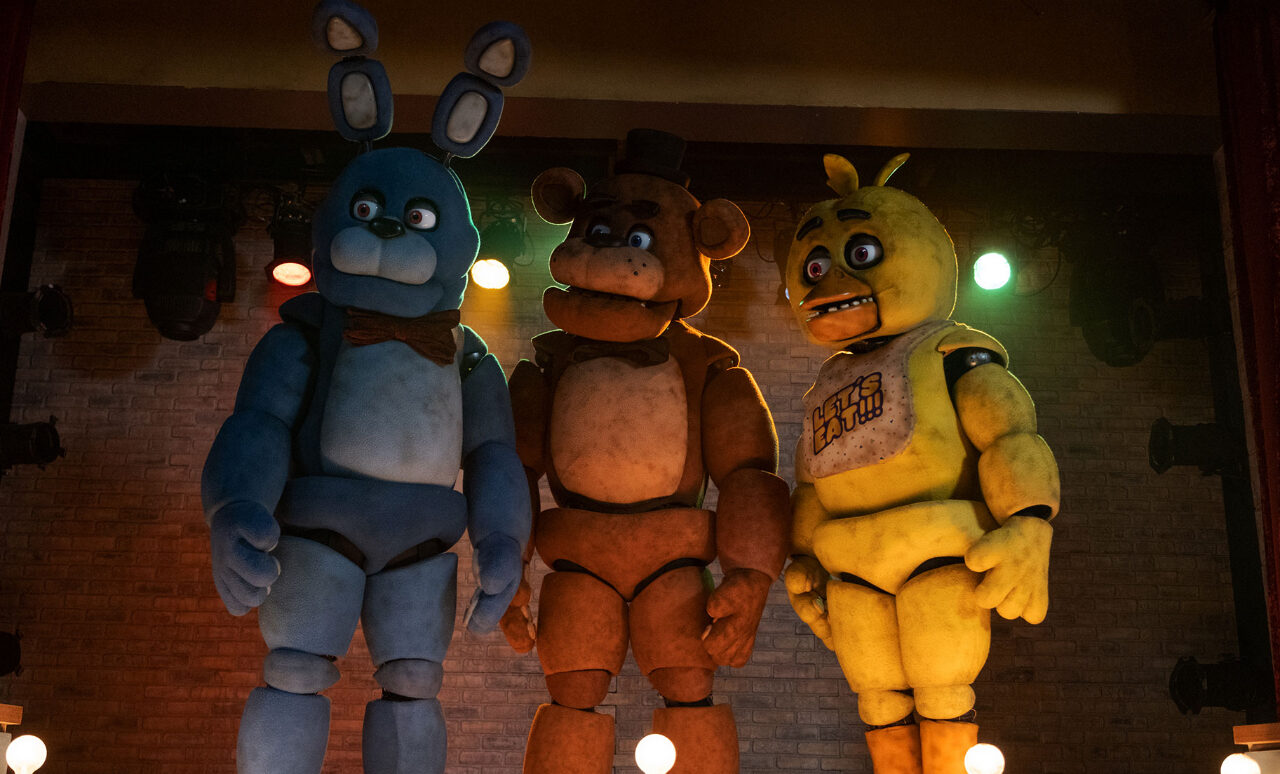
Five Nights at Freddy’s is very familiar territory to some, namely those who obsessively played the game or even watched others playing the game on YouTube or consumed the books that expanded its story. It now joins the likes of Gran Turismo by being adapted for the screen.
The 2000-set movie takes the bones of that world and elaborates upon it further for a retro-style horror. It follows Mike Schmidt (a committed Josh Hutcherson in a contrasting role to his usual Hunger Games gig) who, for various contriving factors, takes on the less-than-appealing job of security guard at a former pizzeria and arcade, Freddy Fazbear’s Pizza. Little does he know that the animatronic mascots that used to entertain the kids are not all they seem.
The plot is further thickened by Mike’s backstory: his younger brother was abducted when he was young, and the unsolved incident continues to haunt him. Plus, he has sole care of his 10-year-old sister Abby (an impressive Piper Rubio), but struggles to make ends meet to support her, both financially and emotionally. It’s in this context that the murderous intent of the abandoned robots unfurls.
The Upcoming had the chance to chat with Emma Tammi (The Wind) about jumping into the Five Nights at Freddy’s world, developing the characters and script with Cawthon, and their approach to giving the film its retro feel.
Hi Emma, can you kick off with an introduction to Five Nights at Freddy’s? What can people expect when they watch it?
I think people can go in expecting a popcorn movie, but with a lot of heart, some fun scares, and a pretty good time.
I’m not much of a gamer myself, so I didn’t know much about the Five Nights at Freddy’s backstory, or even that the game itself had its own backstory, that Scott originally made another game but was told his beaver character accidentally looked too scary. So then he leant into that idea and made Five Nights at Freddy’s. And of course, now you’ve been working with him to develop this film. So when did you first come across the idea? And why did you want to make the adaptation?
It was almost two years ago when Blumhouse first mentioned the project was in development. Jason Blum asked if I would have an initial conversation with Scott Cawthon to discuss the direction of the film adaptation and to see if it might be a good collaboration between us. I’d worked with Blumhouse before, I’m a big fan of theirs and Jason’s work and everything that they’ve done with their company. But I was less familiar with FNAF. I played a tonne of video games as a kid, but as an adult, I too am not a gamer. So I was diving into the world for the first time in preparation to speak with Scott and then eventually to make the movie. So, it was this amazing, big, sprawling, creepy, atmospheric, super unique world that also felt very nostalgic to me, and it just kept unfolding the deeper I got into it, and I thought the opportunity for making a film adaptation was so exciting creatively. And I loved that Scott was really focused on also bringing complex, nuanced, human characters into the folds of the story for the film as well. So it was a very exciting thing to step into.
When watching it, I asked myself why it is that things that are supposed to be family-friendly, and appealing to children, for some reason always end up a bit creepy. I saw Stephen King’s IT, the original two-part film, when I was way too young, so all things clowns and balloons were terrifying. There’s a similar sense here, that you’re tapping into some of those childhood fears of things that were supposed to entertain us but actually scared us.
Absolutely. I remember clowns freaking me out so much as a kid. And the irony, of course, is that they’re meant to entertain kids and make them laugh. And I think there are so many elements in our childhood that we remember, are indelible memories in our minds, that are of things that were both capturing our imagination and terrifying us. Sometimes that would be a doll that we loved and played with and then the lights get turned off at night, and all of a sudden it feels like the doll is looking at you in a different way or having a life of its own and maybe that’s creepy at times. There’s just always that darker potential for these childlike wonderment things to turn in a different way. But I think specifically with clowns, and in our case with animatronics, there’s something about the design of them that is inherently a little bit creepy. So there’s just that layer that always exists, even when you’re smiling and seeing it in a bright light and in an entertaining way, it can turn at any moment.
The other reason it brings to mind old-school style horror is its very retro feel, not only because of the 80s pizza parlour setting but because it doesn’t rely heavily on CGI. The animatronics, for example, look real and tangible. Did you take references from other films? What was so important to you about the aesthetic of the film?
Yeah, we absolutely took references from a bunch of other films. And I think that for the films that were from the 80s and the 90s and early 2000s that were specifically made in the time periods that we were referencing in this film, it was really exciting to get to approach the making of the film in a similar style as would have been made in those periods of time, and not rely as heavily on CGI, but really try to make everything as practical as possible. So that nostalgia was coming through in the story, and it was coming through, certainly in the production design, and how we decided to craft the animatronics. But we were taking a lot of visual cues from those periods as well.
And in pulling off some of these amazing scenes, what might have been some of the challenges, but on the other side, some of the highlights? What was most fun about making the film?
Certainly, some of the biggest challenges were around the animatronics and getting them up on their feet and making our days in a distinct way when they require a lot of time and attention. So that was just a technical hurdle that we needed to figure out and get over. But we also wanted to make sure that creatively they were looking exactly as they should in terms of the movements and the tone, for whichever specific scene we were tackling that day. So I think really dialling in the animatronics, both in terms of how they were puppeteered and how they come across tonally, were some of the biggest challenges and really some of the most fun elements of making this film for sure.
Tell us about your amazing cast and how you worked with them? Josh Hutcherson we haven’t seen in a role like this before, and he’s so committed, we really believe he’s traumatised and sleep-deprived, not just playing a Hollywood version of the character. And of course, then pairing him with Piper as Abby and Elizabeth Lail – they all have great chemistry. Plus Matthew Lillard, I wondered if you were playing on memory of him in other horrors like Scream with that casting?
Oh, completely. I mean, I think for younger audiences introducing, Matthew Lillard is…this will be their first introduction to him in some ways, but for some of the older audiences, it’s impossible not to think of all the other iconic roles that he’s played, including other horror films like Scream. So, going back to the conversation about nostalgia, there’s something that he’s bringing into the mix, in terms of that feeling as well. And I think the same with Mary Stuart Masterson: there’s something about her inclusion in this film that makes me feel just so privileged to have had the chance to work with her but really, it feels like a nod to that era as well, where I certainly remember her being one of my favourite actresses in those in times. In terms of Josh and Piper and Elizabeth Lail, who all just had the most amazing chemistry together, I feel like each of them added this special different ingredient, and the three of them together was just so dynamic. But they each in their own way, approached those characters on such deep levels, and I think Josh was thinking about Mike’s subtext throughout the whole film and in every scene and never was there a moment where he was not digging deeper to find Mike’s truth and Mike’s drive. And Elizabeth Lail was stepping into a character who is highly compartmentalising her life and her personality and is holding so much all at once. And she just kind of authentically and effortlessly stepped into that role, which was it’s such a challenging one in many ways, and then Piper Rubio, who plays our 10-year-old little girl Abby, had such a connection to the character pretty immediately, she really she stepped into Abby’s shoes, I think finding a lot of connection to that character personally, and I just did the most amazing job and her bond with Josh Hutcherson on and off screen was phenomenal and something that you you can only wish for as a director when you’re casting. So that was incredible.
As the franchise has such a strong fan base, you’re going to have some people who are totally immersed in this world already but then some coming to it completely fresh will have very different perspectives. Regardless, underneath the surface-level horror, there’s a lot else going on thematically, such as dealing with past trauma or social commentary on the way Josh is treated by society and put under pressure trying to care for his sister and doesn’t really seem to be able to make ends meet. What do you think maybe some of the takeaways are?
You know, there are elements that were brought in for this film from the lore, and a lot of that, of course, has already been digested by the fans throughout the games, throughout the books, and throughout the online conversations. Some of those elements are very traumatic as well: abducted children whose ghosts are inside animatronics – that’s a big complex and dark well of emotion and backstory. And that fan base is coming into this movie, knowing that’s going to be a part of it. But for the specifics that you just referenced with Mike and our characters that are newer elements included in this movie adaptation, I think we felt like those were hugely important to hang the story on. And if we weren’t emotionally invested in our characters in this film, going into the pizzeria would have been fun for ten minutes. But you know, we couldn’t have done a full-length feature film that would have really carried audiences through any kind of emotional investment. And ultimately, hopefully, a very entertaining ride. So those elements were super important and, and thematically linked to the lore as well. So I’m hoping that it all lands really well for the fan base.
It seems to be an exciting time for cinema, with more female directors taking on genre films and franchises like this. Do you feel there are more opportunities than in the past? And it does seem female filmmakers are drawn to horror as a great medium to explore lots of other kinds of emotional themes in a way that other genres don’t allow?
Absolutely, I think it’s a very exciting time for female filmmakers in the horror space. But this year has also just been I think a real highlight for female directors specifically operating at budget levels and yielding box offices that are often just associated with men like with Barbie and next month’s Marvel film that comes out, those films are directed by women. I’m just very, very excited that studios are, betting on female directors more than they have historically, and I hope it happens more and more.
Thank you so much for your time.
Sarah Bradbury
Five Nights at Freddy’s is released nationwide on 25th October 2023.
Watch the trailer for Five Nights at Freddy’s here:

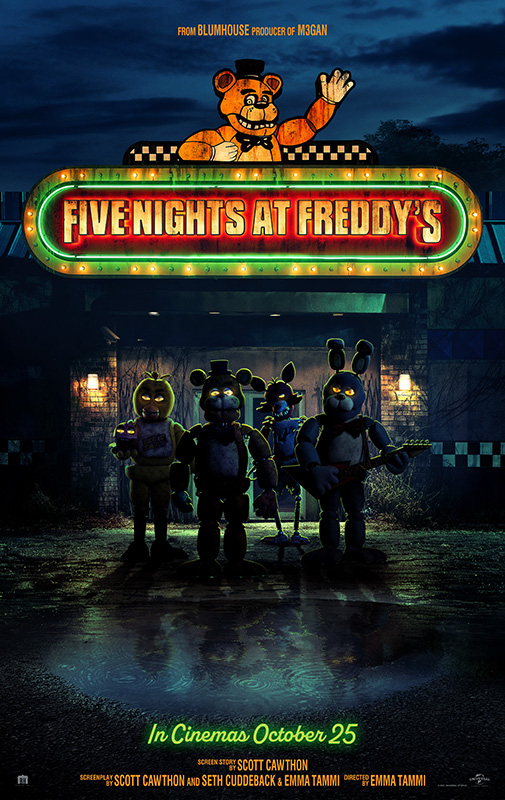
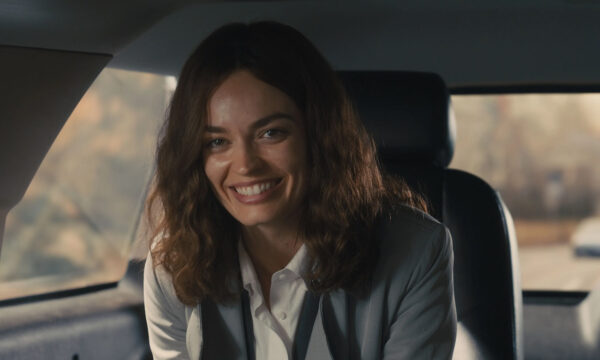
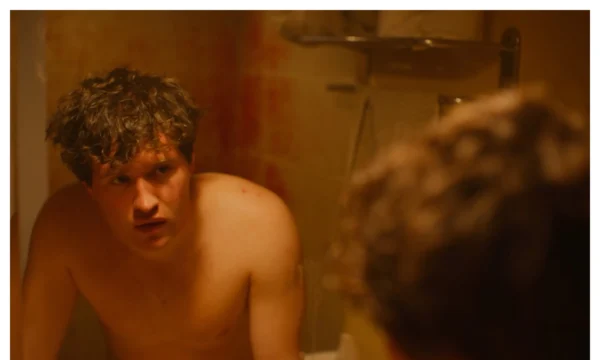

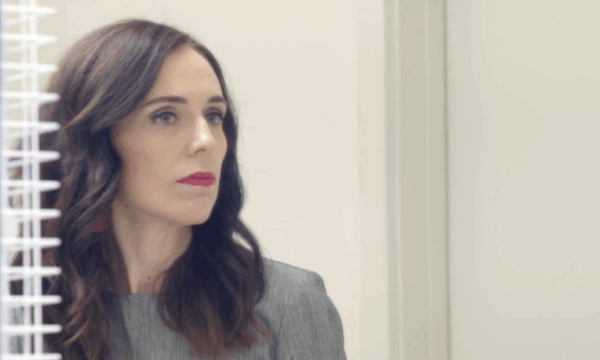
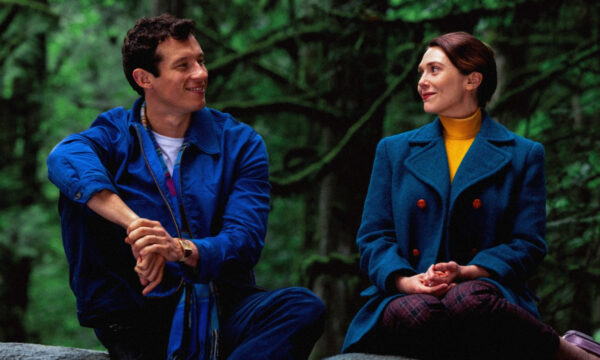
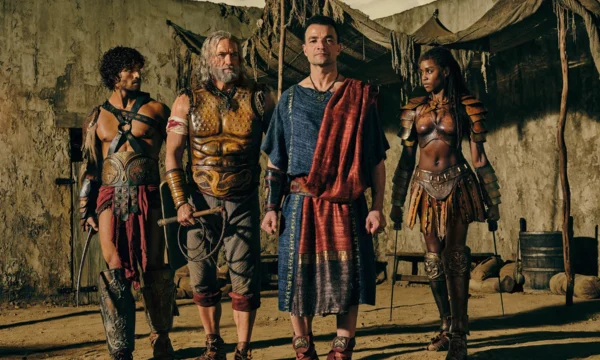
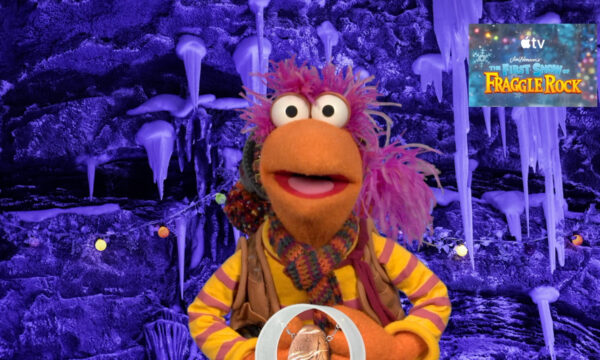
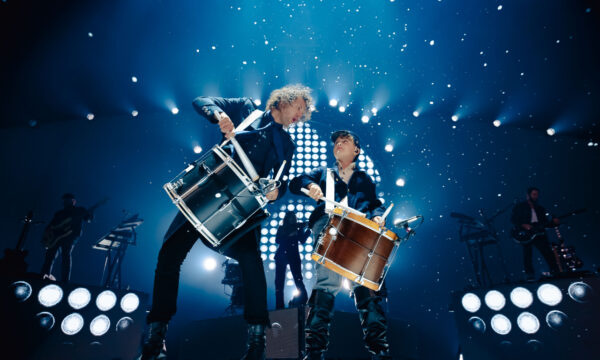
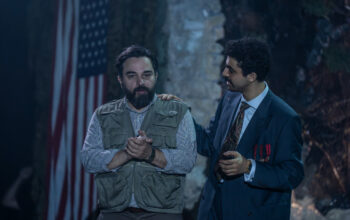
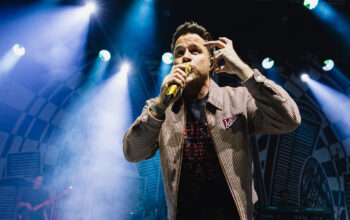

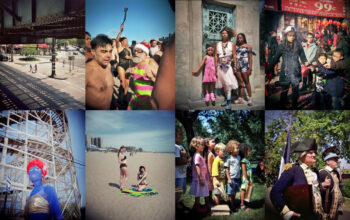
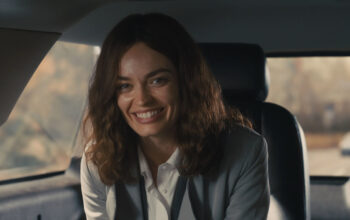










Facebook
Twitter
Instagram
YouTube
RSS